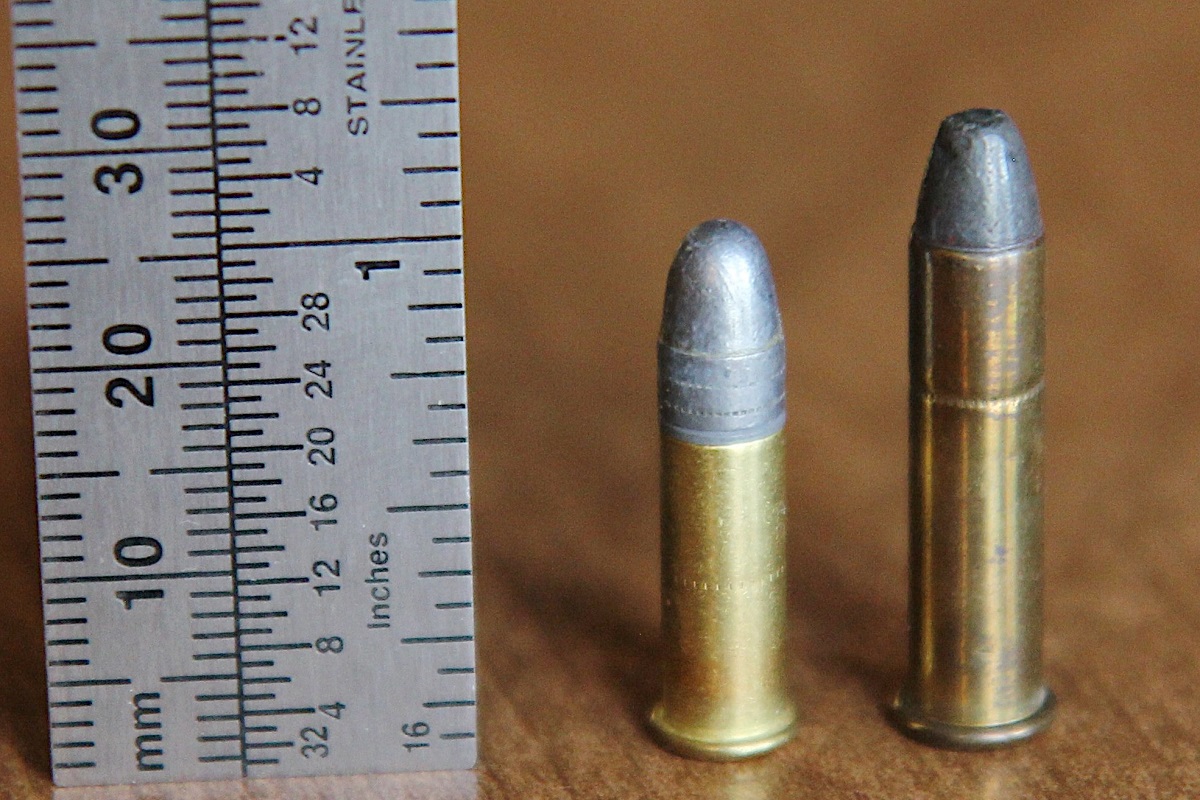By: Randy Tucker
It wasn’t the best choice in ammunition, but as the adage goes, necessity is the mother of invention. As college seniors, my roommate Frank and I lived on a wide variety of wild game.
My mom and dad gave me a processed hog and a hundred-pound bag of potatoes at the start of each fall semester in my years at the University of Wyoming. This was great, but with two of us and a ragtag gang of eternally hungry friends always dropping by the apartment, that 220-pound hog and big burlap bag of spuds didn’t last long.
Getting more potatoes was easy, in those days you could buy a hundred pounds of russets for just a few bucks. Meat, though, was harder to get on the table. Living in Laramie was a sportsman’s paradise as is most of the Equality State. In the fall, we had an antelope taken by Frank with a borrowed bolt-action .30-30. A few dozen sage grouse, “sage chickens” in our vernacular, and another couple of dozen dove breasts. The sage chickens were great baked with a little cream of mushroom soup, but a couple of the bigger roosters had blue-tinged meat, with the texture of a truck innertube. We made them palatable in a crusted metal oven roasting pan filled with ample amounts of water and heavily seasoned with sage, salt, and pepper. Imagine that, improving the flavor of an old sage grouse with a dusting of sage spice, but I digress.
The dove breasts were the best. Frank had a recipe called a divan, which started with a layer of rice, a layer of broccoli, and then the dove breasts, bone-in style, with a heavy layer of condensed chicken soup. It was an outstanding meal and had us wishing dove season lasted longer than just 10 days in Albany County, Wyoming. Mix in ample supplies of rainbow and brown trout and perch from nearby Lake Hattie and Rob Roy Reservoirs and we had a menu any 19th-century frontiersman or Native American hunter would be proud of.
In early winter, ducks and geese were the cuisine. Frank had a friend who was a College of Agriculture professor at the University of Wyoming. He let us use the university’s smoker for our ducks.
They were the hit of many parties, and in the days before lead shot was required for waterfowl, the soft lead pellets didn’t break your teeth when you bit into a four or six shot hidden in a breast.
Unfortunately, in early in the spring semester our food supply thinned out. To survive, we had a couple of buckets of lard from that hog in the refrigerator, and another 100-pound bag of potatoes. We’d put an ample level of lard in a big pot, melt the lard and get it boiling, then drop in copious amounts of sliced potatoes. We ate French fries for all three meals on some days.
Why didn’t we just buy groceries like everyone else? We had plenty of cash, so the answer is . . . it was just a lifestyle choice.
Money went to gas for hunting expeditions, ammunition, beer, and girls, in that order. We weren’t about to spend our hard-earned construction money on something as mundane as food when we lived in a wilderness land of plenty. But at 30 below zero in January and February above 7,000 feet altitude in southern Wyoming, the bounty gets a bit scarce.
The solution was rabbit. Cottontails were abundant in some years, and not so readily available in others. Jackrabbits, however, were aplenty year after year. We adhered to the practice of only eating rabbits harvested in a month with an “R,” so January, February, and March were fair game. Our arsenal in those days was my 12-gauge Iver Johnson single shot and a rusty side-by-side 16-gauge of Frank’s. Both would take a rabbit easily, but shells were pricey, and a rabbit peppered with lead shot wasn’t that great, even when fried in lard with a dusting of white flour. Instead, we borrowed our friend Mike’s .22 magnum Savage lever-action, but we didn’t have any .22 magnum shells. You could buy a box of .22 long rifles in those days for less than a dollar: about two cents a round, a great price, and a great cartridge for rabbits. The Savage chambered the .22 long rifles, it just didn’t eject them, but you could easily extract them with a pocketknife. Off we would go to the area a mile or so beyond the Laramie landfill north of town where 9th street turns from pavement to gravel.
A couple of times a week, after class, just before darkness fell, we’d harvest three or four young jackrabbits, fry them in a cast iron skillet, and boil a pot of French fries next to them on the stove. We only had two flash fires that year when the lard boiled over and ignited on the gas burners. A handful of flour put out both fires. Healthy eating? Not in your most fanciful imagination, but it was survival, and survival with a purpose. We were modern 1980s college kids living like Kit Carson and Jim Bridger, and that made all the difference.
Randy Tucker is a retired history teacher and freelance writer from western Wyoming. He has a lifetime of experience in farming, ranching, hunting, and fishing in the shadow of the Wind River Mountains. Contact him at [email protected].

